Detective Pikachu Returns had everything in place to be a great follow-up to one of the last big 3DS titles, coming off the back of the Pokémon franchise’s first live-action blockbuster film and dropping on a successful console like the Nintendo Switch. Instead, we got a mixed bag of coffee beans that combine for a flavor most Pokémon fans may enjoy for a few sips, but not by the last.
As soon as the titular Detective Pikachu finishes a cliff notes recap of the first game, you take control of Tim Goodman and begin running around to solve a new case of Pokémon causing problems in the city. I must have ordered my mystery-solving without toppings, but fortunately, the story caught me by surprise with its spice.
A simplified approach to sleuthing
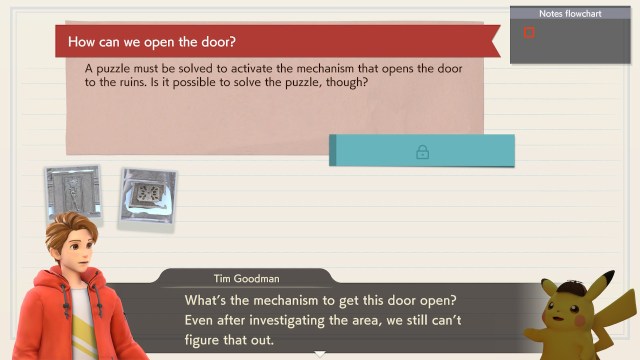
Compared to the original Detective Pikachu, the sequel does a lot to streamline the game’s flow—for better and worse.
Gone are some of the more challenging puzzle types from the first title, instead replaced with more instances of Tim and Pikachu wandering around an area to interview people and Pokémon for details you likely already pieced together yourself or that Pikachu will point out for you. Yes, the game primarily aims to appeal to Pikachu-loving kids, but even some younger players will be yelling at Tim for his lack of awareness when solving cases.
Even with the introduction of new minigames and action moments tied to Pikachu teaming up with other Pokémon, you will likely find the gameplay loop repetitive once you get through chapter two. I will give props to the Luxray stealth missions which, while frustrating at times, did make excellent use of a Pokémon’s special abilities in a way we don’t get to see often.
The biggest disappointment to me, however, is the side quests, since none of them give you a reason to complete them. All you get for finishing any request from people or Pokémon in need is a few bonus interactions and a brief mention in the newspaper you can read back home—nothing worth wasting your time on.
There is also no post-game. Once you beat the game, loading your save after the credits roll will take you straight back into the final scene.
Get ready to go camping with Tim and Pikachu
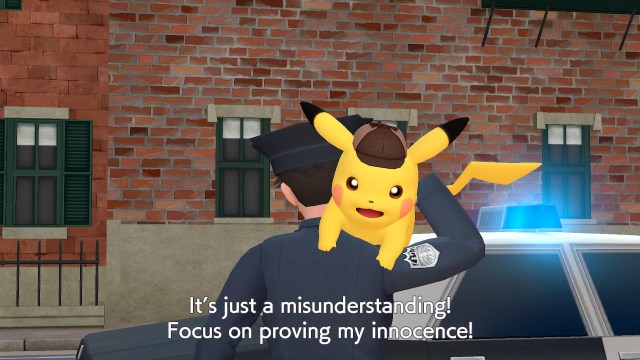
Very few Pokémon games take themselves seriously or tell a deep story, and Detective Pikachu Returns is no exception. It is one of the most straightforward and campy mystery stories I have played in a long time.
If you played the original game or watched the movie, you will almost immediately know what one of the bigger plot twists in the sequel title is. But I bet you wouldn’t expect an Avengers-style team-up for a high-stakes raid that wraps up a rather dark story touching on death, divorce, and corruption within law enforcement.
I played the first chapter with friends on Discord and had fun riffing on the easy-to-piece-together scenario and poor pacing. But by the time I got through chapter three, which is where the story opens up and adds some political elements and intrigue, I was actively enjoying myself and wanting to see the journey through to the end.
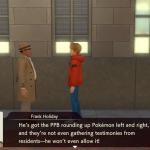
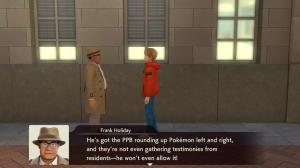
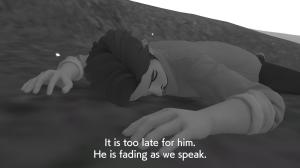
The writers spend chunks of the last three chapters delving into some concepts, like how people in positions of power can easily abuse their power in disgusting ways, splicing that in between lighthearted comedy. For the areas of the story involving the police and experimentation on Pokémon, I was surprised by how dark the developer was willing to go with very few pulled punches.
To put it simply, Detective Pikachu Returns is best enjoyed as a basic, over-the-top detective adventure that overflows with campy charm. It also ties a nice bow on the Goodman family’s story, along with canonizing the IRL film too—yes, Ryan Reynolds is technically Pokémon canon now.
Just don’t expect too much from the non-Pokémon characters. While Tim, Harry, and a character I won’t name for spoiler reasons are fun and have good voice performances, my experience with the rest of the human cast was 50-50, depending on the scene.
Visuals that needed a Smeargle’s touch
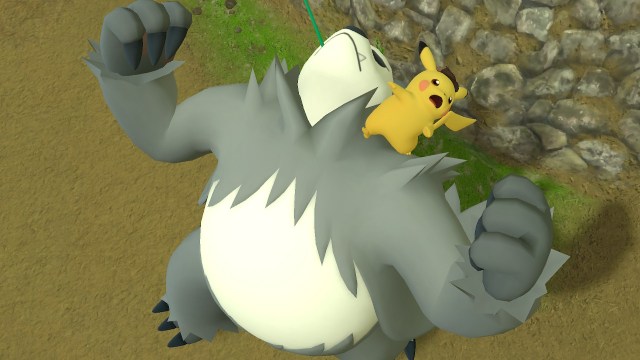
The human characters have been done dirty by whoever decided this game’s art direction. They’re all bland 3D models, and a lack of environmental lighting and reusing the same limited animations every time they are on screen or talking outside of a cutscene doesn’t do them any favors. The Pokémon mostly look fine—only occasionally very good.
This issue is made even worse when you notice just how good the portraits of the human characters in the game look when they pop up next to the dialogue boxes or when using the Detective Notebook. Those assets use actual shading and lead me to wonder why the game couldn’t do something like The Murder of Sonic the Hedgehog, where it only uses those portraits in different poses on static backgrounds instead of making 3D models just stand about.
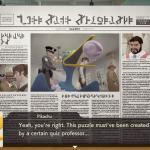
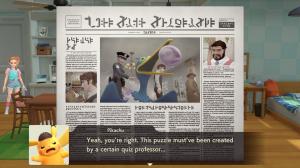
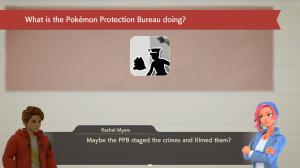
Instead, the NPCs have PS1 enemy walk-cycles and every human, but Tim and Harry gets one set of body and facial animations to use whenever they do anything on screen. That pairs terribly with the stiff presentation of voice acting in non-key cutscenes.
It also doesn’t help that the music is either a very generic track or the most over-the-top tune for an action scene you would never expect out of this game. It doesn’t add much to the experience.
An unfortunate end to a Pokémon caper
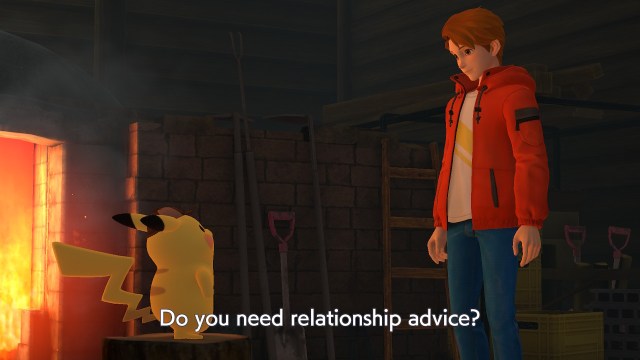
Detective Pikachu Returns has a lot of charm, but it’s overshadowed by the poor presentation and hand-holding approach to exploring and investigating. Even if the game’s main demographic is children, there isn’t a lot of depth for older Pokémon fans to latch onto unless they vibe with the story early on.
I really wanted to love this game, especially because I enjoyed my time with it. But there is just no way I can recommend this title to anyone who isn’t either really into Pokémon or ready to ride out the game with their kids or some friends. There’s charm, but it isn’t anything special, and that’s a shame because it had so much potential to be great.
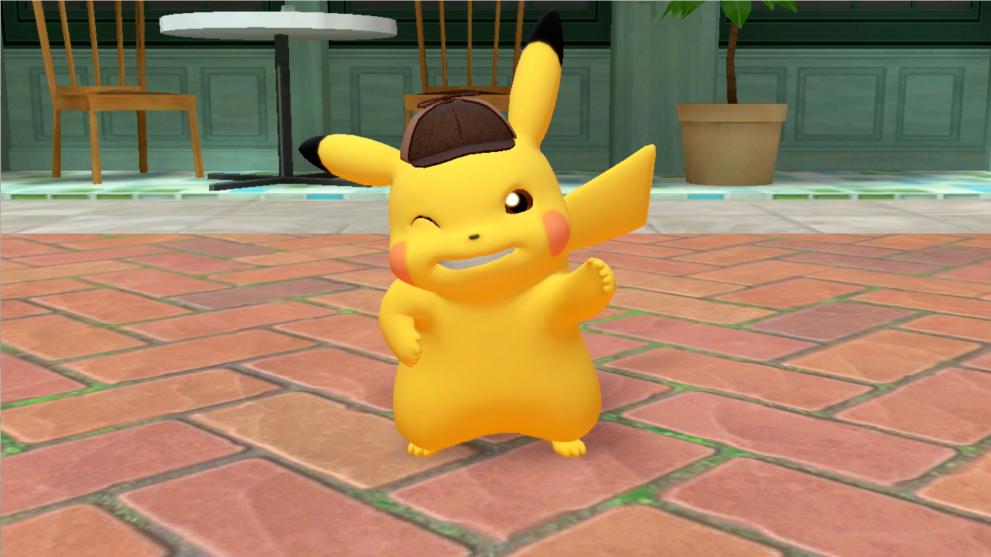
- The Pokémon steal the show
- Engaging plot with dark Pokémon twists
- Messy visuals detract from what should be a colorful game
- The music was either lacking or over the top
- Feels like a budget title with simplified puzzles
- Constant hand holding


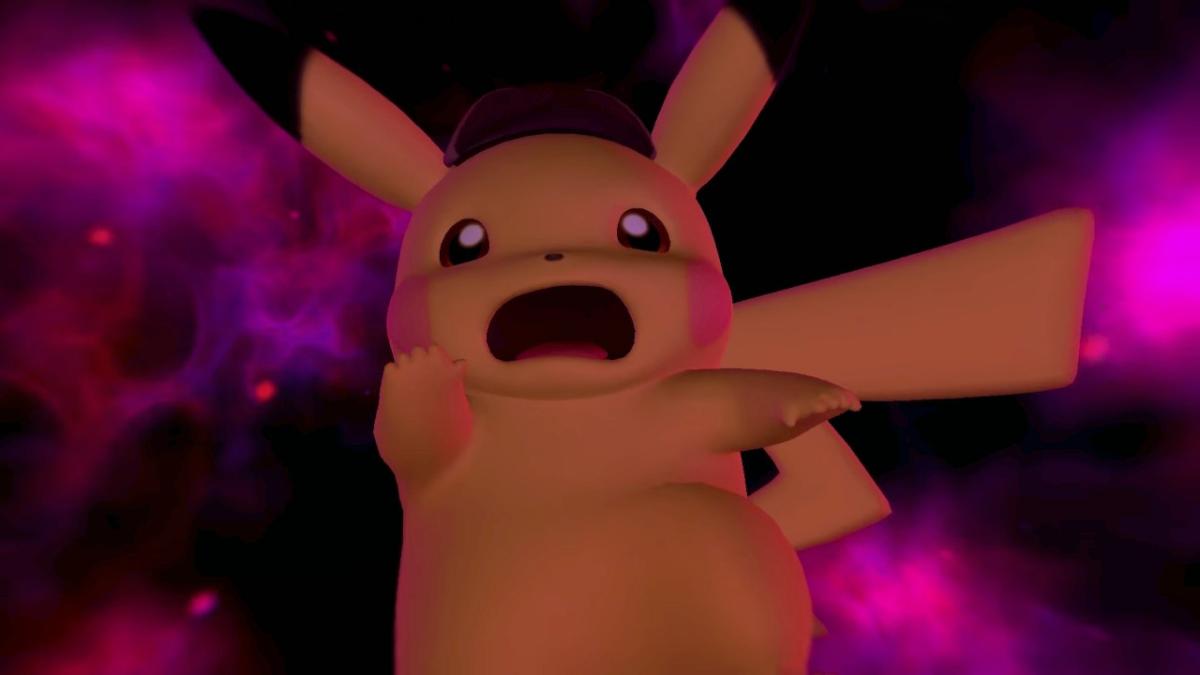
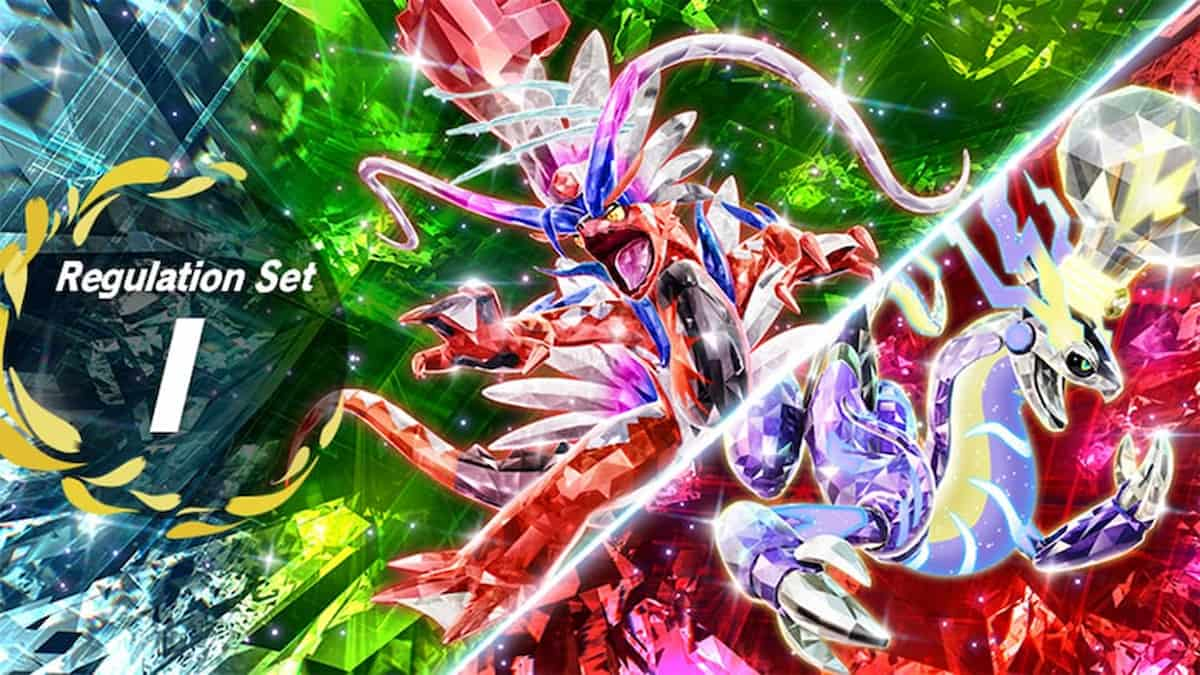

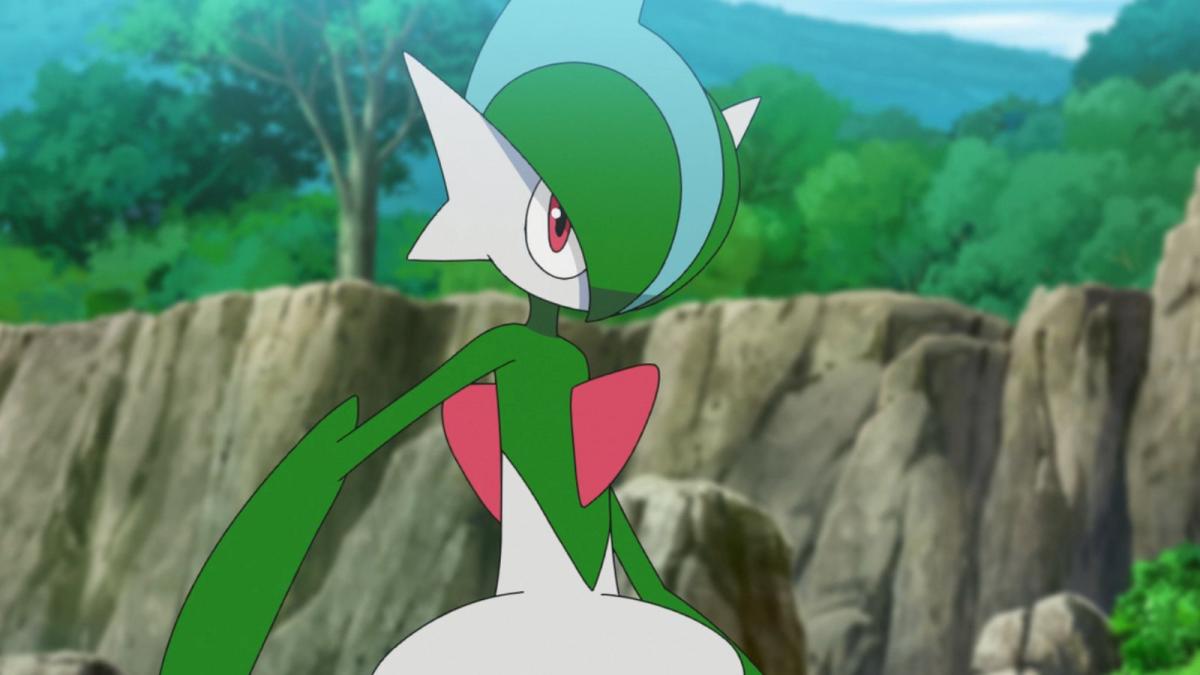

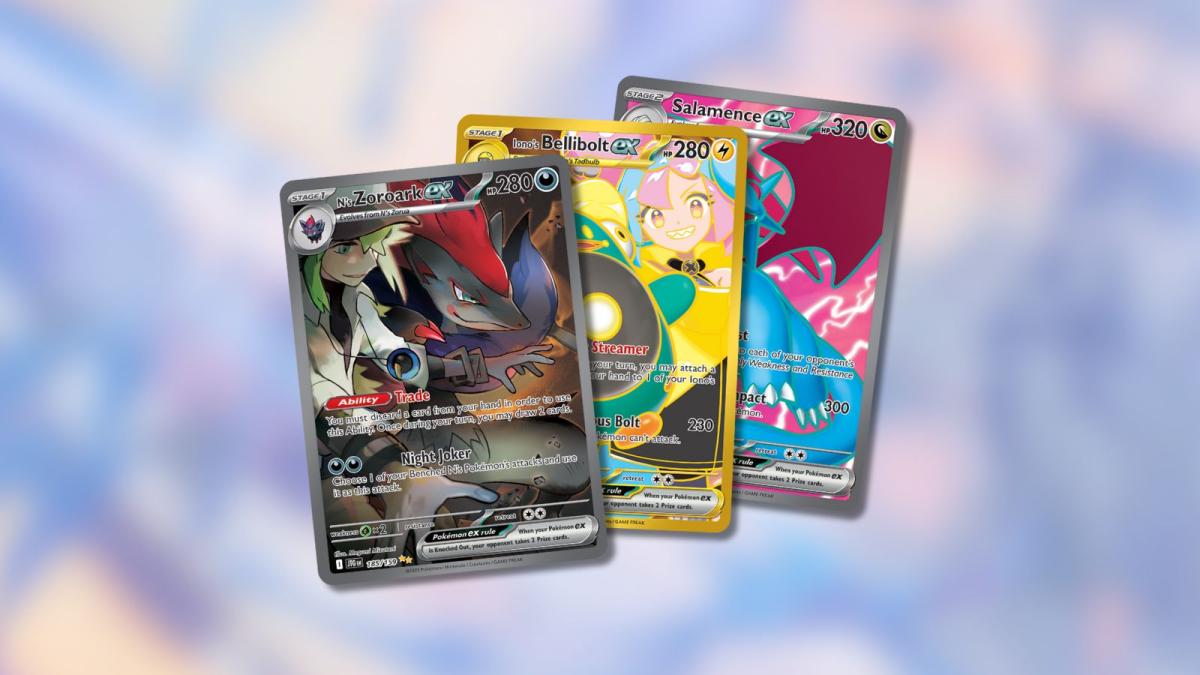
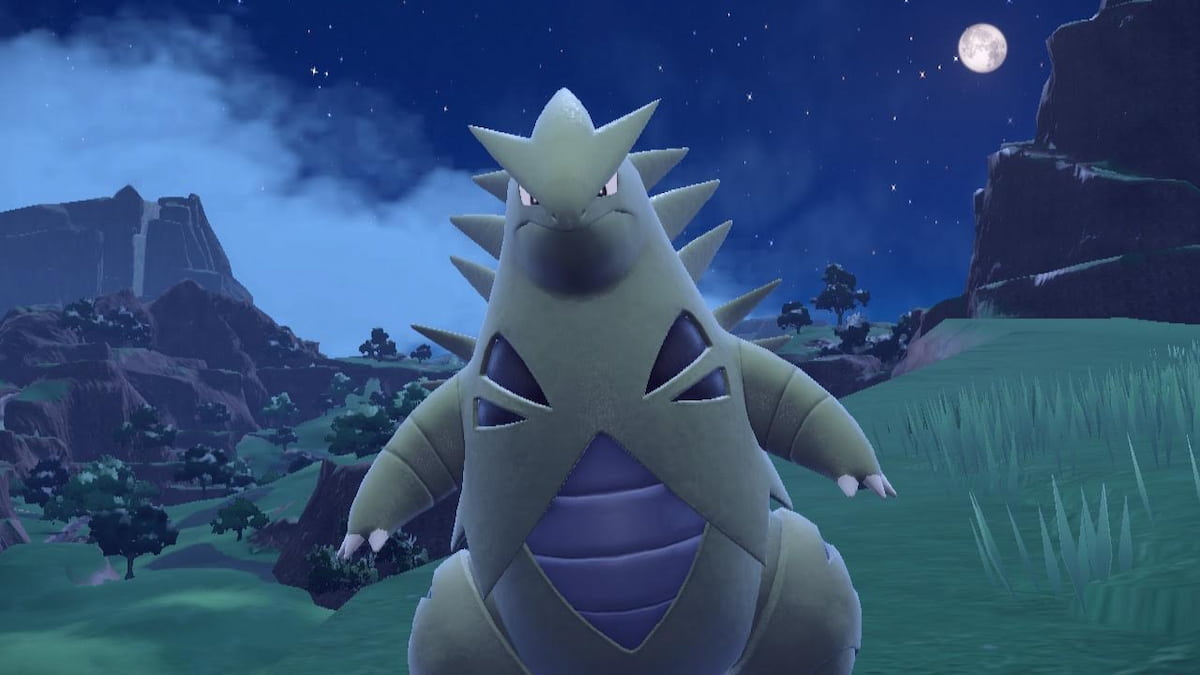
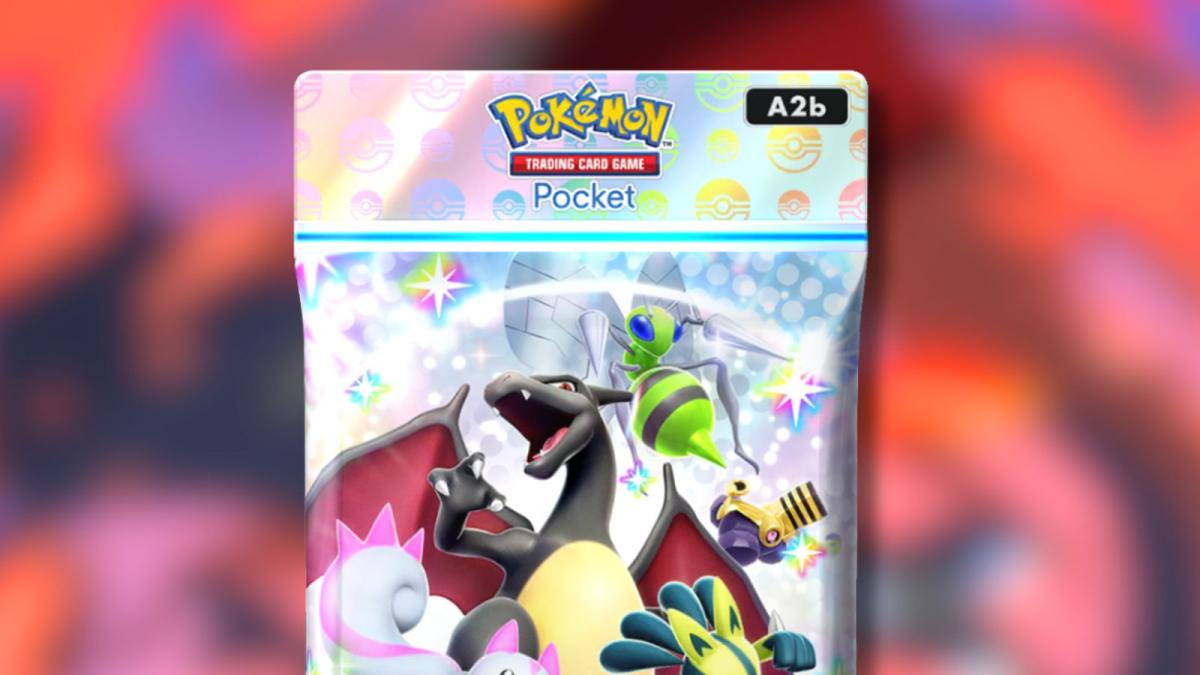
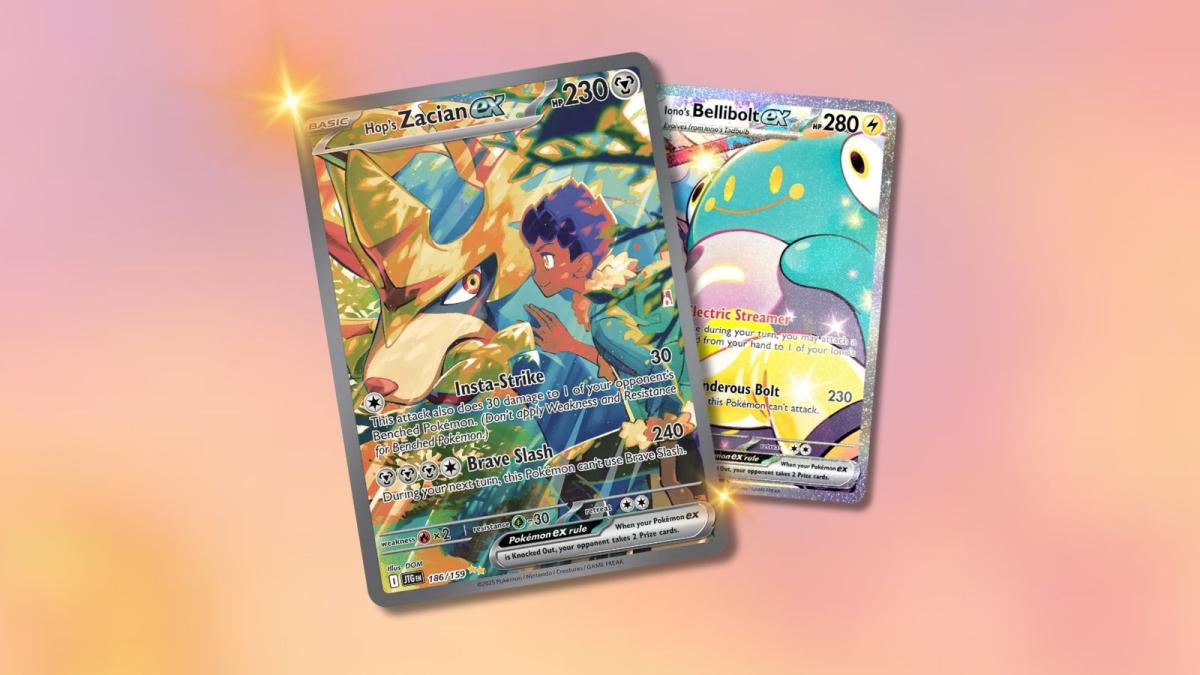

Published: Oct 17, 2023 07:10 am